Everyone knows about the UK and New York punk scenes but it’s time to talk about the third child of punk – the younger ADHD sibling… L.A.
The old adage, ‘things come in threes’, perfectly fits with the evolution of punk. New York and the U.K. punk scenes are the obvious two, birthing bands like Blondie, The Ramones, the Sex Pistols, and The Clash, changing music forever – each with their own, very different style in music and attitude. But it’s time to talk about the third child of punk. The younger ADHD sibling rising up with amassed energy, changing and evolving in leaps and bounds… Hello L.A.
The late ’70s kicked off the L.A. punk revolution with bands like proto-hardcore favourites The Germs, popular CBGB’s regulars, X with their male/female lead harmonies (above feature photo of X © Frank Gargani) and The Dils known for their conspicuous left-leaning politics, and for a strong melodic sense that earned them the nickname “punk rock Everly Brothers.“
By the end of the 70’s, punk was changing. A faster, thrashier sound with a tougher vibe took over in some form or another. The scene building in and around L.A. was leading with a reputation for being loud, fast and rowdy and by 1984 had produced some of the most influential bands of all time.
The roots of the L.A. scene were growing up and out. California had become a nesting area for bands getting ‘in your face’ with their own musical twist. The rules were, there were no rules, with experimental punk infusing new wave, electro, funk and rockabilly. Bands like The Mutants, The Offs and The Dead Kennedy’s sprouting out of the San Francisco Bay Area with their own influences woven around their punk backbone.
Just like every generation, the youth of the time were searching for their own identity. Feeling out of place in societies norm, the gritty streets of L.A. were the saviour according to Crime and Punkishment author Brenda Perlin, remembering; “That was where we were most alive. The scene was never dull.” There was always a gig on with local bands overflowing at the time and future icons like The Dead Kennedy’s, Circle Jerks and Social Distortion creeping out of the woodwork onto the circuit from all over California.
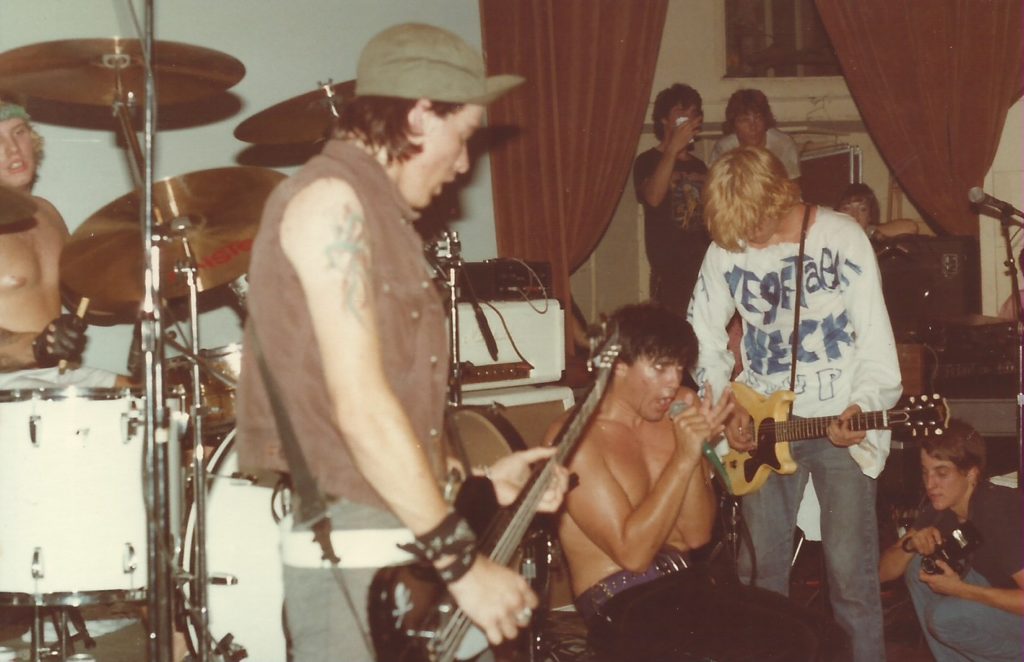
By the turn of the decade, the high energy of hardcore had taken the reigns, steering punk into a time where diversification was so important that it would change not just punk but the evolution of music over decades to come. However, there was so much contrast the L. A. scene had developed a rivalry within its own culture. The older artsy Hollywood scene, the hardcore suburban punks and the surf punks all doing it very differently.
Through the early part of the ’80s bands that would go on to change the scene forever were emerging. Black Flag, Adolescents, TSOL, The Vandals, Social Distortion, Bad Religion and NOFX were so much more than just punk bands. They weren’t there just to play music, these bands were smart and they wanted to make a difference.
Bands like the Adolescents, Black Flag, and The Descendents had captured the disillusionment and dread felt by the younger generation of the Regan era. Bands were infusing their own influences and creating something new, something unrestrained, something no one had heard before. The attitude ‘this is what punk means to me’ added depth and disparity to its energy.
With the birth of hardcore, the scene diversified in a way that would change not just punk but music forever. Already hardcore’s fury had an emerging influence on the thrash and early metal-core genre’s that started to grow out of morphing fusions, with bands like Slayer, Metallica and New Yorker’s Anthrax taking thrash to a new level all of its own.
“There came a time that things got so out of control that even before a show would start the cops were already there breaking it up.”
Brenda Perlin, author
With hardcore’s fury came a darker side. The L.A. punk scene started to build a reputation, less for its high energy sound and more for the scene’s violence. Gangs were prominent and gigs were used as chaos and cover for stabbings.

Perlin recalls this time: “The L.A. area became known for punk violence because of several hardcore gangs. These gangs were mostly white and would take on anyone who rubbed them the wrong way. If bands like Fear or Black Flag were playing the cops came with tear gas and the show would end before the band had a chance to play.”
With the changing culture, by the time decade was out, a lot of bands had gone their separate ways or took off chasing commercial success. The Go Go’s were a perfect example, moving on from punk gigs to pop charts.
As the ’80s ended post-hardcore of the ’90s saw the underground sound crossover into the mainstream. The Offspring, Guttermouth, Jawbreaker and Pennywise rocketing punk to new heights. The scene had widely spread beyond L.A. by now with post-hardcore punk taking off. San Diego’s Unwritten Law, Pitchfork and Berkeley’s Operation Ivy tore through the scene proving that punk will never be a stereotype.
Time’s were changing in ways that bands and fans of old days would have never imagined happening. Major labels were approaching old schoolers like Bad Religion, signing with Atlantic Records.
Perlin remembers hanging with Bad Religion when they were still just a garage band. “I would go to rehearsals with them and it was fun hearing the music when it was fresh. But still, there was never a time I thought these guys were going to be famous. It seemed more of a hobby for these guys. But they were obviously motivated and stuck with it.”
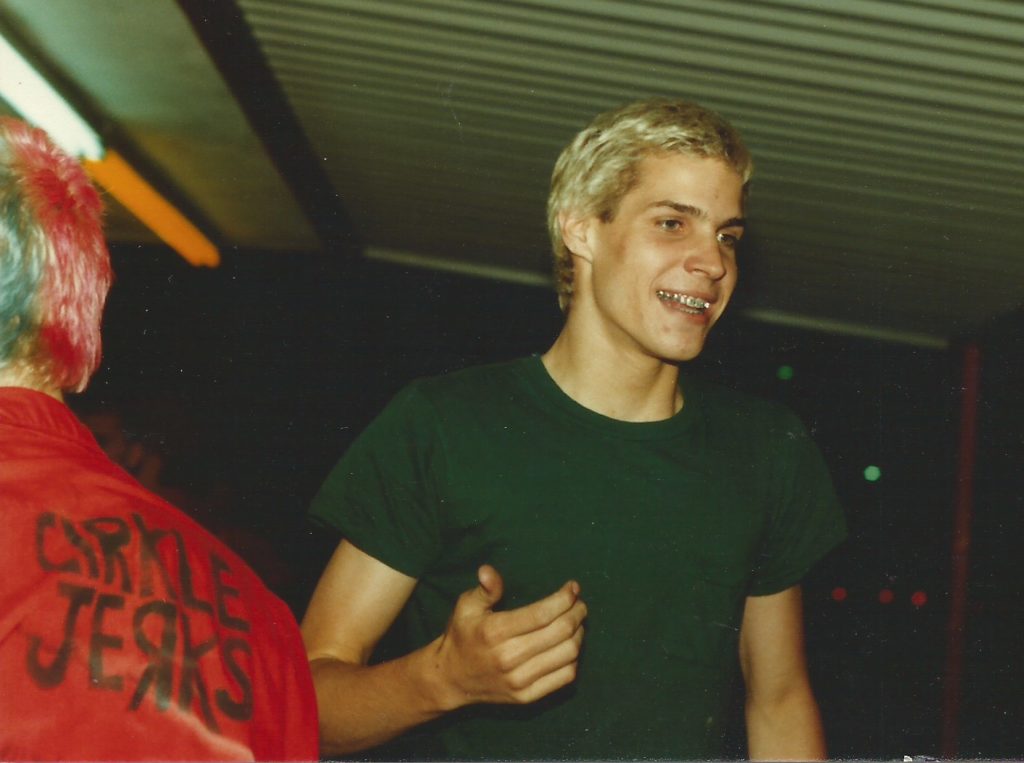
“I would go to rehearsals with them and it was fun hearing the music when it was fresh. But still, there was never a time I thought these guys were going to be famous. It seemed more of a hobby for these guys. But they were obviously motivated and stuck with it.”
Brenda Perlin on Bad Religion
When East Bay punks Green Day signed with Reprise Records in 1993 releasing their now-iconic album Dookie it changed punk forever. Hitting No 2 on the Billboard charts, going on to sell over 20 Million worldwide. The punk tsunami continued with The Offspring’s third album Smash signed by Bad Religions own Independent label Epitaph Records. The success was phenomenal with Smash becoming the highest ever selling album on an independent label.
Around the same time, The Offspring were smashing it. They were a young band emerging from the Southern Californian punk scene were building a following based around their high-energy live shows and irreverent lyrical toilet humour. They were about to become one of the most influential bands of this ever-evolving punk scene. In 1995 Blink-182 released their debut album Cheshire Cat and pop-punk started to seep into the DNA of the next generation. By the time their third album Enema Of The State hit the airwaves in ’99 a new wave of punk had emerged.
Soon the flood gates opened and punk wasn’t the violent mess that the L.A. scene was once notorious for. Bad Religion, NOFX and Rancid had gone Gold or Platinum on Atlantic or Epitaph and punk bands were being signed to major labels like never before.
The new wave of popular punk wasn’t loved by everyone but it was loved by millions, fueled by the lonely, disillusioned and misunderstood youth of the time – the first generation of latchkey kids. It was a different kind of attitude for a different kind of despondent youth.
L.A. may have been late to the scene but the impact it’s had on the genre is by far the longest. Bands from the early years have remained a part of the scene, sharing the tour circuit with lineups that sometimes read a who’s who over the decades of punk.
Earlier this year online music site Ranker listed Californian punk bands by order of popularity and the top ten was a point in itself. The first half being five of the most iconic influential bands of modern-day punk and the second part being five of the bands that would have inspired them to become the megastars they are today. Check out the list HERE.
Everyone has their own memories of their almighty saviour ‘punk rock’. Brenda Perlin sums up what it meant to her…
“When I think about punk now, I am not sure how I was not intimidated by their in-your-face attitudes, tough demeanour, or black leather clogging. Yet I never feared them. They weren’t the ones judging me and giving me a hard time. The punks were unbiased and welcoming. Making friends from all over the area was not a problem. It was the kids at school that made life hard.”

Everyone should have a soundtrack playing loudly in the background of their life. I was born moshing to my own beat and have never swayed from my love of music. Spreading my passion through the written word is my soul’s purpose. My punk heart beats loudly with the rhythm of my rock soul. I plan to continue to mosh like no one gives a shit.
Click on Tracey’s photo for more of her articles!

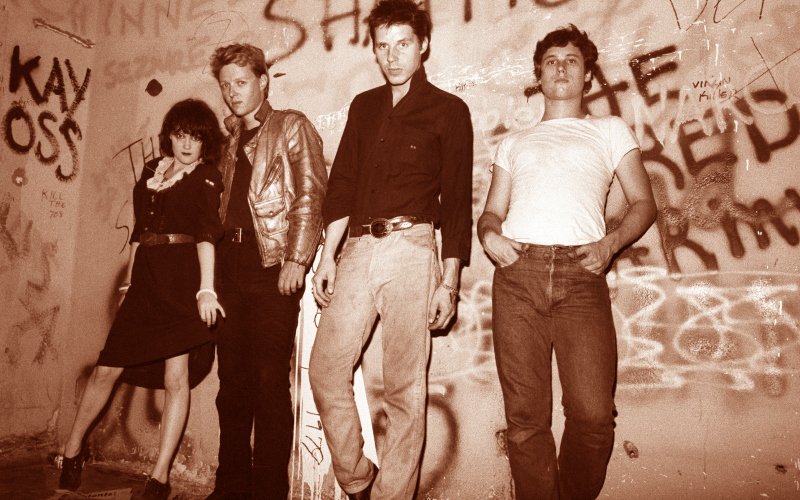

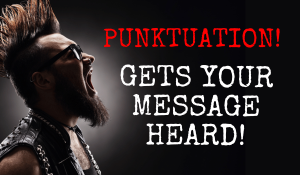
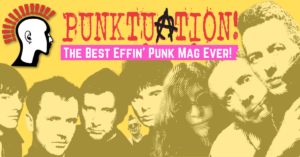 Did you know that we are 100% DIY? We run our own game. No one dictates to us, and no one drives what we can or cannot put on our pages – and this is how we plan to continue!
Did you know that we are 100% DIY? We run our own game. No one dictates to us, and no one drives what we can or cannot put on our pages – and this is how we plan to continue!